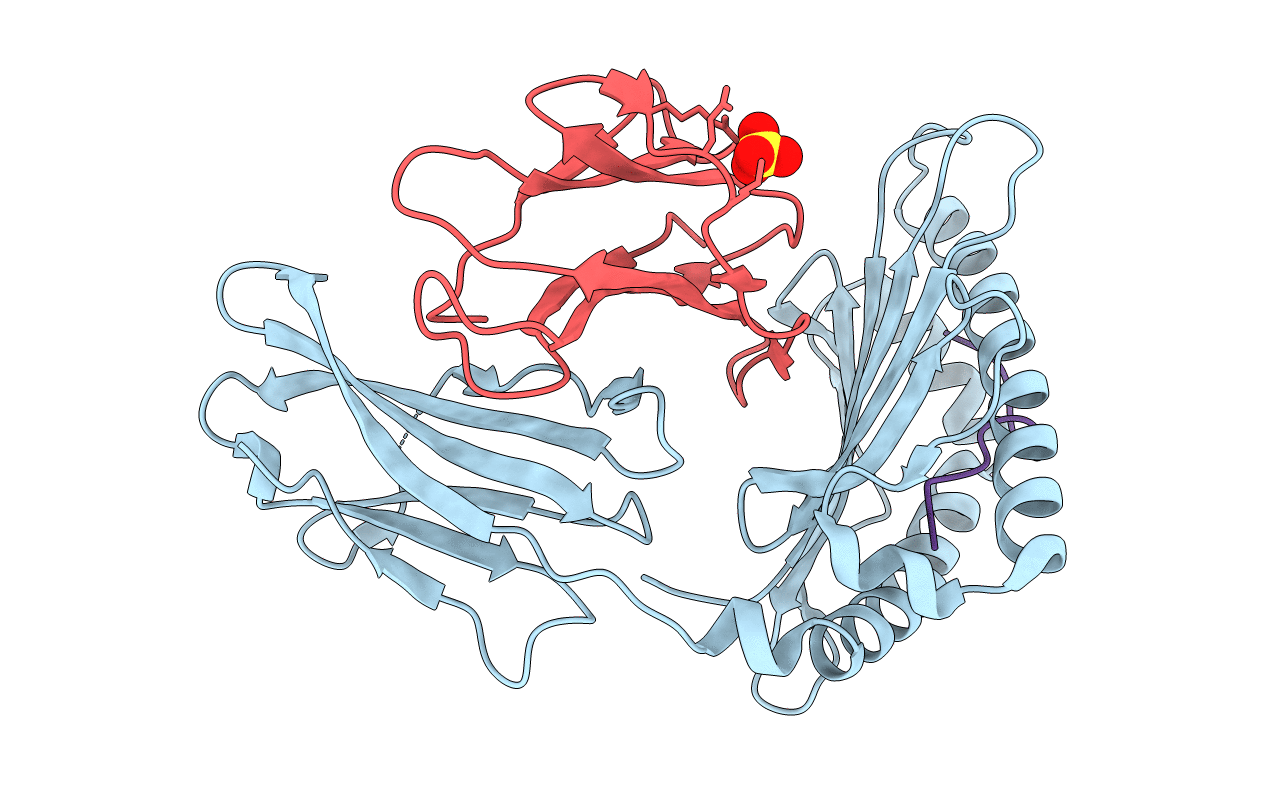
Deposition Date
2020-05-14
Release Date
2020-09-16
Last Version Date
2024-11-13
Entry Detail
Biological Source:
Source Organism:
Mus musculus (Taxon ID: 10090)
Homo sapiens (Taxon ID: 9606)
Influenza A virus (Taxon ID: 11320)
Homo sapiens (Taxon ID: 9606)
Influenza A virus (Taxon ID: 11320)
Host Organism:
Method Details:
Experimental Method:
Resolution:
1.55 Å
R-Value Free:
0.21
R-Value Work:
0.18
R-Value Observed:
0.18
Space Group:
P 1 21 1


